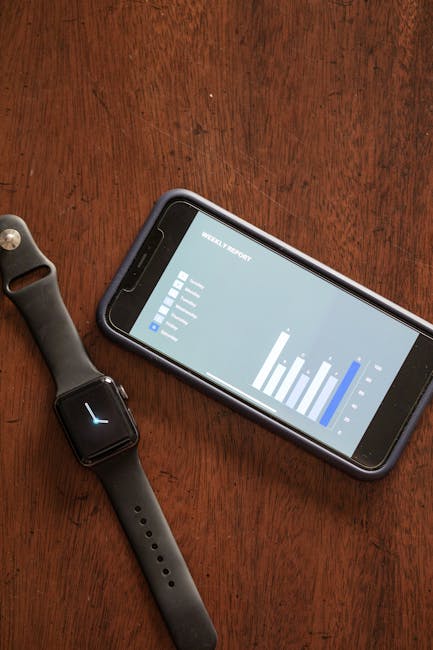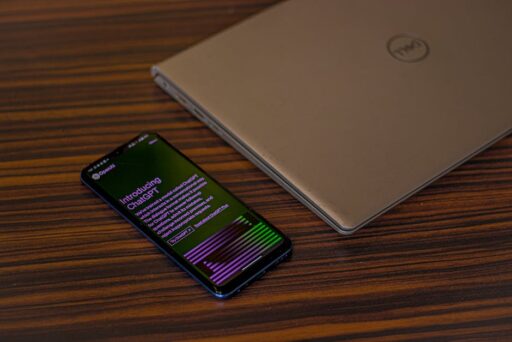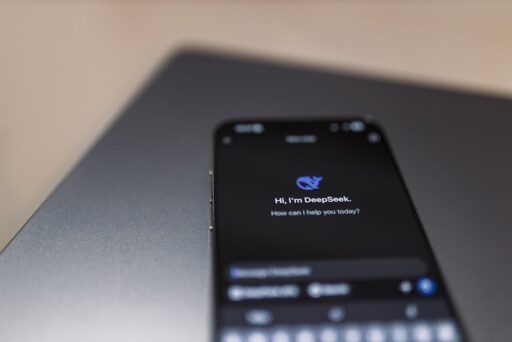AI Health Companion: How Bevel Unifies Wearable Data
Most people who track their health today end up with fragmented signals scattered across devices and apps. Your smartwatch monitors sleep duration, a fitness app logs steps, and a nutrition tracker counts calories — but few tools help connect the dots. Bevel aims to fill that gap with a software-first AI health companion that aggregates data from wearables and daily habits into actionable, personalized insights.
Why a unified AI health companion matters
Health is rarely driven by a single metric. Chronic problems often arise from many small, interacting behaviors: poor sleep quality, extended sedentary time, diet choices that increase inflammation, or irregular glucose responses. A unified health view helps identify patterns and correlations that individual apps miss, shifting the experience from reactive tracking to proactive guidance.
Key benefits of integrating wearable and behavioral data
- Holistic insights: Combine sleep, activity, heart rate, and nutrition data to see how daily choices interact.
- Personalized recommendations: AI adapts to individual physiology and lifestyle, not one-size-fits-all rules.
- Higher engagement: Contextual, relevant nudges are more likely to be followed than generic tips.
- Accessibility: A software-first approach removes the barrier of proprietary hardware purchases.
What is an AI health companion and how does it work?
An AI health companion is a software system that ingests multiple streams of health-related data, identifies meaningful patterns, and delivers tailored guidance to help users improve outcomes. The process typically involves:
- Data aggregation from wearables, continuous glucose monitors (CGMs), and manual inputs.
- Signal processing and normalization so measures from different sources are comparable.
- Pattern detection using machine learning models that account for individual baselines and variability.
- Adaptive recommendations that evolve as the system learns from user responses.
Bevel’s platform is built around these principles: it integrates with popular wearables through health platforms, ingests CGM data like Dexcom and Libre, and normalizes inputs into a single health timeline that its intelligence engine analyzes.
How Bevel differentiates from other health apps
There are many health apps focused on single domains such as step counts, sleep tracking, or nutrition logging. Bevel distinguishes itself by:
- Prioritizing software-first accessibility so users can keep the wearables they already own instead of buying new hardware.
- Combining multiple domains into one continuous health narrative rather than isolated dashboards.
- Using adaptive AI that learns how each user responds to stressors, movement, and dietary inputs.
- Delivering micro-habits and incremental suggestions that compound over time, improving retention and long-term outcomes.
Real-world traction and engagement
Rapid growth and strong engagement are early signals that a product is solving a real need. Bevel reported significant user growth over a recent 12-month period and retains a large portion of users after three months, suggesting the combined data-to-insight approach resonates where siloed tracking often leads to churn.
From pain to product: the story behind the platform
Bevel’s founding team built the product out of personal necessity. One founder experienced chronic back pain that remained unexplained despite using multiple trackers and seeking medical care. By manually piecing together sleep, nutrition, and activity data, patterns emerged: prolonged sitting reduced mobility, a suboptimal sleep setup disrupted recovery, and diet choices increased inflammation. These layered, interacting factors revealed an opportunity — a product that could do this synthesis automatically.
Another founder rebuilt his energy and resilience through diligent tracking and analysis, which reinforced the vision for a scalable, software-first solution that helps others make similarly meaningful improvements.
What features power a modern AI health companion?
A capable AI health companion typically includes the following components:
- Multi-source integration — syncs with Apple Health, major smartwatches, CGMs, and manual logs.
- Contextual analytics — relates behaviors to symptoms or outcomes (e.g., how late-night eating correlates with poor sleep and next-day energy).
- Adaptive recommendations — suggestions evolve as the user responds and the model refines its understanding.
- Retention-focused design — micro-actions and habit scaffolding to sustain long-term engagement.
- Privacy-first architecture — transparent data practices and options for users to control sharing.
Integration roadmap and partnerships
To be broadly useful, the platform must support many devices and sensors. Bevel currently integrates with common platforms and CGMs and has plans to expand to other device ecosystems, widening accessibility without forcing users into a single-brand hardware ecosystem.
How does Bevel handle accuracy and personalization?
Accuracy in a multi-source environment depends on strong data normalization and personalized baselines. Bevel’s intelligence layer focuses on individual response patterns rather than population averages, which reduces noisy signals and improves the relevance of recommendations. Over time the model learns which triggers most impact a person’s sleep, glucose, pain, or energy, enabling more effective interventions.
Why data quality matters
Machine learning models are only as good as the inputs they receive. High-frequency, well-labeled signals — from wearables and validated sensors — help the platform distinguish meaningful correlations from random variance. This is why strategies that prioritize clean, representative data can significantly improve outcomes; see our earlier coverage on The Role of High-Quality Data in Advancing AI Models for a deeper dive.
Who benefits most from an AI health companion?
The product serves several audiences:
- Individuals with persistent but unexplained symptoms who need connected insights.
- People seeking long-term health improvements rather than short-term fitness goals.
- Users who already own wearables and want a unified view without new hardware purchases.
- Clinicians and coaches who want longitudinal behavior context to inform treatment or coaching plans.
How will this change healthcare and enterprise wellness programs?
AI companions have implications beyond consumer apps. Employers and healthcare systems can integrate personalized insights to support preventive care, reduce burnout, and guide interventions. For organizations exploring AI-driven benefits, these tools can bridge individual behavior data with scalable programs — an area we’ve covered in our analysis of AI in Enterprise: Navigating Opportunities and Challenges.
Is an AI health companion safe and private?
Privacy and safety are critical. Responsible platforms adopt transparent data policies, give users control over what is stored and shared, and apply privacy-preserving techniques where appropriate. Users should evaluate how a product stores data, whether it shares information with third parties, and what controls exist for export and deletion.
Security best practices for users
- Review the privacy policy and data retention rules.
- Confirm whether data is encrypted at rest and in transit.
- Use platform features to limit sharing with third parties if desired.
- Regularly back up personal health summaries you want to keep.
How does subscription pricing align with accessibility?
A software-first product can reduce cost barriers compared with hardware-based solutions. By offering affordable monthly or annual plans, platforms can democratize access to advanced analytics without requiring expensive proprietary devices. This aligns with a broader trend in health tech to emphasize software intelligence and integration rather than exclusive hardware that limits scale.
Can an AI health companion replace clinicians?
No. These tools are designed to augment decision-making, not replace professional medical advice. They can surface hypotheses and trends that users and clinicians can investigate further, improving the quality of conversations and care planning.
How to get the most from an AI health companion
Maximize value by combining consistent data collection with small, sustainable habit changes. Here are practical steps:
- Keep your primary wearable connected to the platform for continuous signals.
- Log key contextual details (meals, stressors, notable events) to help the AI learn faster.
- Follow micro-recommendations consistently for several weeks before judging impact.
- Share summarized insights with your clinician when seeking medical guidance.
How will AI companions evolve next?
Expect tighter multimodal integration, more resilient personalization, and broader service layers such as coaching, clinician collaboration, and preventive programs. Advances in contextual memory and model efficiency will make continuous, private personalization more practical — a development related to innovations we’ve covered in AI Memory Systems: The Next Frontier for LLMs and Apps.
Frequently asked question
What should I look for when choosing an AI health companion?
Choose a platform that prioritizes interoperability, transparent data policies, evidence-based recommendations, and adaptive personalization. Look for services that support the devices you already own and that provide controls for data export and sharing.
Conclusion and next steps
AI health companions represent a practical evolution in personal wellness: shifting from siloed metrics to a continuous, context-rich understanding of health. By integrating wearable data, nutrition, sleep, and behavior, these platforms help users discover the small, cumulative changes that produce durable results.
If you’re tracking health signals across multiple apps and want a clearer, personalized path forward, consider a software-first AI health companion that leverages the devices you already use. Start by consolidating your data sources, enabling continuous syncing, and committing to small daily actions that compound over time.
Ready to take control of your health journey? Try a unified AI health companion to turn scattered signals into meaningful change — sign up, connect your devices, and start receiving personalized insights today.





